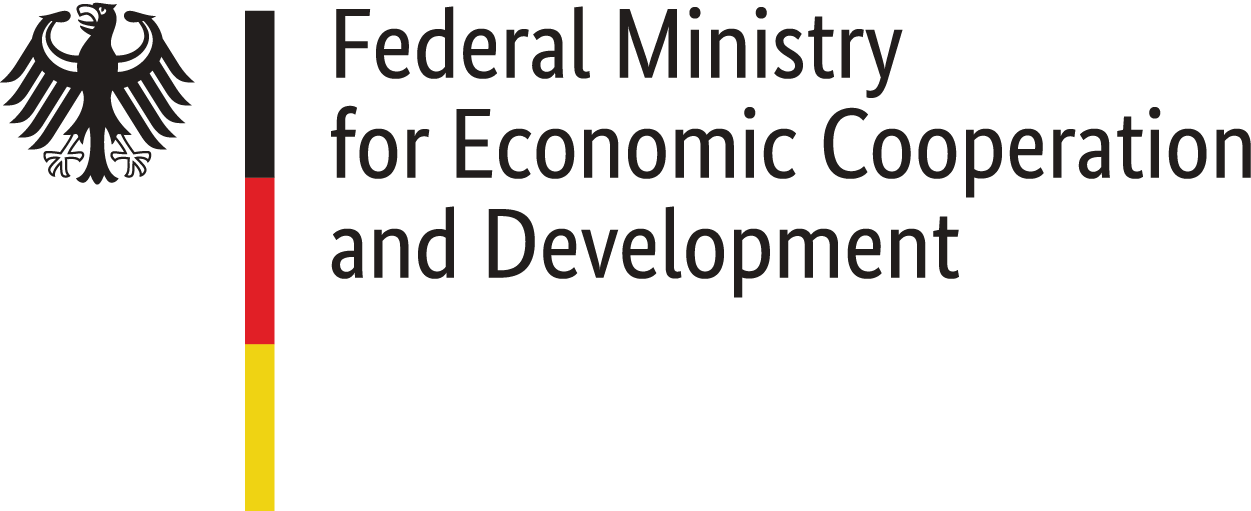Radio
MOM Peru has investigated the owners, their other media outlets and their affiliated interests of the 10 most important radio media outlets in Peru. They were selected according to the available audience shares. The order of the media below reflects its position in the audience share.
Radio is the second most penetrative media in the country: 91% of homes have a radio and 86% of Peruvians tune in from Monday to Friday for a little over two and a half hours, according to the 2017 Concortv study. Although its reach has slowly diminished in recent years, it is still considered the most trustworthy media (by 25% of Peruvians) and the most neutral (27%).
Radio consumption is however, primarily for entertainment. Some 79% listen to music and only 43% listen to news. This is reflected in the national rankings. According to the survey firm CPI (2018), there is only one news broadcaster in the ten most popular: RPP. The remainder broadcast music and entertainment. Of the 17 measured by CPI, only three broadcast informative content.
CPR has decided that none of its radio stations will do so.
The Ministry of Transport and Communications (MTC) has authorized 5,257 radio stations nationally. Each has a limited geographic reach. To have coverage at national level, a company must have repeaters in more cities.
While many local radio stations influence public opinion in their region, there are just three radio groups with a presence throughout the country, concentrating the majority of the audience GrupoRPP; CRP Medios y Entretenimiento; Corporación Universal.
Eight of the 28 FM frequencies for Lima Metropolitan are controlled by CRP Medios y Entrentenimiento, and seven are controlled by the RPP Group.
In some regions, the Delgado Nachtigall brothers (RPP Group) and Isabel Quispe Desposrio (Corporación Universal) have sought licenses in their own names.
This can also generate advertising concentration. According to a CPI study in 2018, the radio stations obtained US$ 82 million of the US$ 620 million which entered the media market in this category.
The stations measured by CPI belong only to four groups. The rest have no survey system which would allow them to compete for advertising.
In recent years, the owners of these groups have diversified their investments, from real estate to the entertainment industry. Some have particular political interests.
















